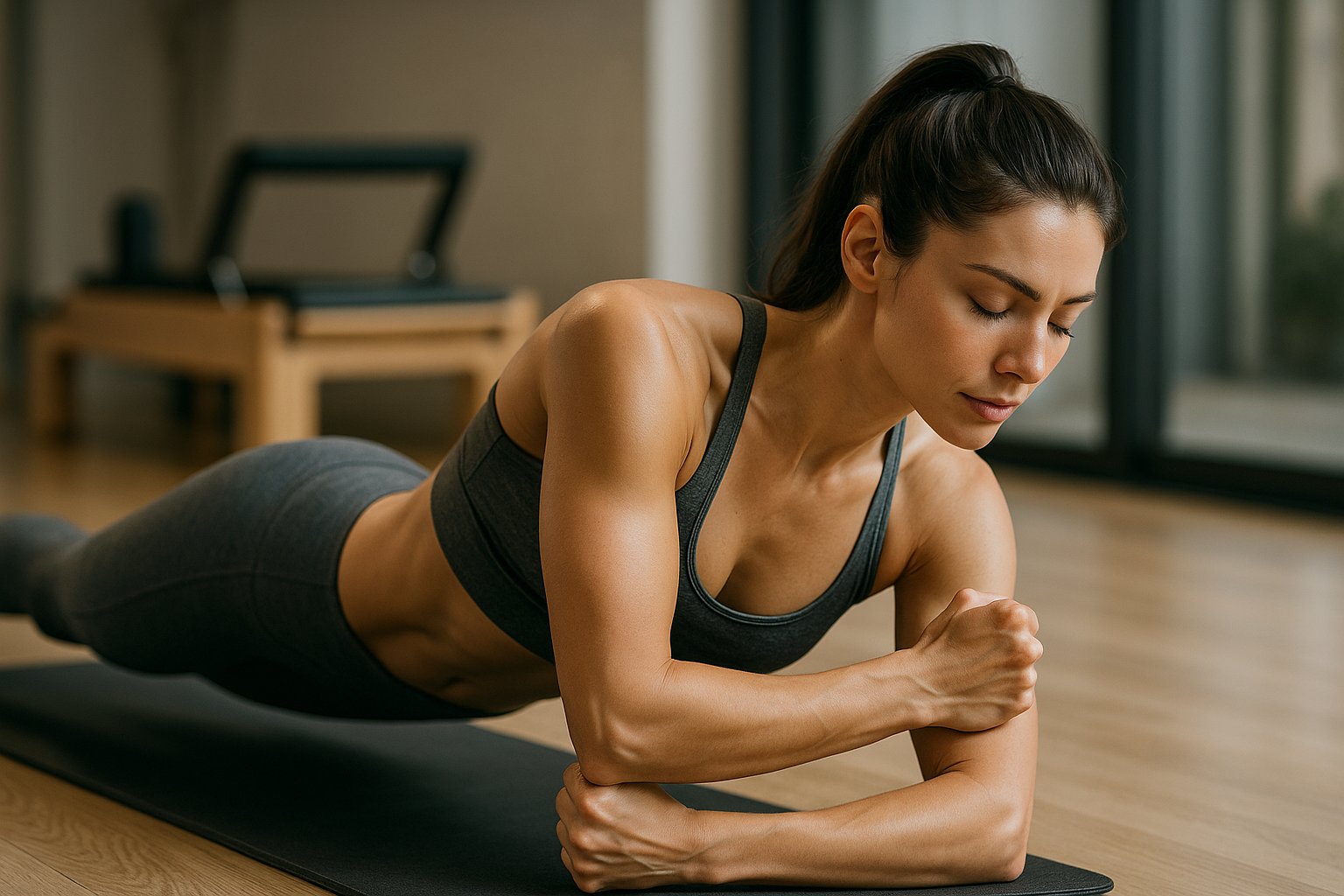The Unseen Role of Biomechanics in the World of Sports
The world of sports is much more than just athletes showcasing their skills and strength. It’s a complex sphere where science, health, and performance intertwine. One such scientific discipline that plays a pivotal role in sports is biomechanics. It is the silent orchestrator behind every powerful serve in tennis, every swift stroke in swimming, and every high jump in athletics. The fascinating world of sports biomechanics is often overlooked, but it holds the key to enhancing athletic performance and reducing the risk of injury. This article delves into the integral role of biomechanics in sports, its benefits, challenges, and real-world applications.

Biomechanics: A Scientific Approach to Sports
Biomechanics is the study of the mechanical laws relating to the movement or structure of living organisms. In the context of sports, it involves the application of these laws to understand how athletes can optimize their performance and reduce the risk of injury. The field has seen significant advancements over the years, with the development of sophisticated equipment and software to analyze an athlete’s movement patterns and forces acting on their bodies during sports.
The Role of Biomechanics in Enhancing Athletic Performance
It’s no secret that athletes continuously strive to improve their performance. Here, biomechanics comes into play by helping athletes and coaches understand the mechanics of the athlete’s movements. It provides insights into how an athlete can adjust their technique to maximize efficiency and performance. For example, in sprinting, a biomechanical analysis can help identify the optimal stride length and frequency to increase speed.
Protecting Athletes from Injuries
Beyond performance enhancement, biomechanics plays a critical role in injury prevention. By analyzing the forces exerted on an athlete’s body during specific movements, biomechanics can help identify potential areas of stress and strain. This information is crucial in developing training regimens that prevent injuries and ensure the longevity of an athlete’s career.
The Challenges and Limitations of Biomechanics in Sports
Despite the numerous benefits, the application of biomechanics in sports is not without challenges. One major hurdle is the complex nature of human movement, which is influenced by numerous factors including muscle strength, flexibility, and coordination. Moreover, the high cost of biomechanical analysis equipment can be a barrier for many sports organizations.
Real-World Applications of Biomechanics in Sports
Despite these challenges, the application of biomechanics in sports is widespread and growing. It is seen in the design of sports equipment, the development of new training methods, and the rehabilitation of injured athletes. For instance, biomechanics principles have been used to design more effective golf clubs and running shoes.
In conclusion, the role of biomechanics in sports is profound and multifaceted. It’s a scientific discipline that is silently shaping the future of sports, helping athletes reach their peak performance while ensuring their safety. As the field continues to evolve, it promises to bring even more exciting developments to the world of sports.






